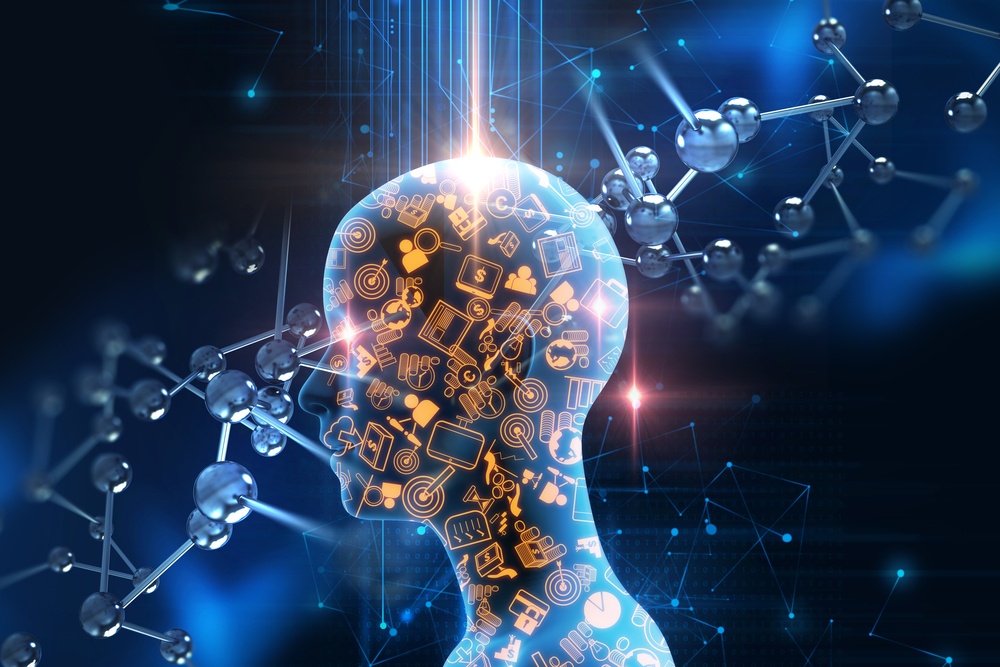Key Takeaways:
- AI tools offer personalized learning experiences for students.
- These tools provide instant feedback and 24/7 support.
- Challenges include reduced human interaction and technology access issues.
- AI can help teachers with workload and tracking student progress.
- The future of AI in education looks promising but must address current limitations.
Introduction
In recent years, Artificial Intelligence (AI) has become a significant part of our daily lives, transforming how we learn. From virtual tutors to personalized study plans, AI is changing the education landscape. This article explores the benefits and challenges of AI in education, helping you understand its role and potential.
The Benefits of AI in Education
AI offers personalized learning, tailoring lessons to each student’s needs. For example, a math student struggling with algebra can use an AI tutor for extra help. These tools provide instant feedback, enabling students to identify mistakes and improve quickly.
Another benefit is 24/7 availability. Students can access resources anytime, whether studying late or working on a project. AI also helps teachers by automating tasks like grading, freeing up time for more hands-on teaching.
The Challenges of AI in Education
Despite its benefits, AI has limitations. Human interaction is reduced, which is crucial for emotional support. Additionally, not everyone has access to AI tools, creating a gap between those who can use them and those who cannot.
Making Learning Fun with AI Tools
AI isn’t just about work; it can make learning enjoyable. For instance, language learning apps use interactive games to teach new words, making the process engaging. Other tools offer virtual field trips, allowing students to explore historical sites from home.
What’s Next for AI in Education?
Looking ahead, AI could offer more personalized learning experiences and better tools for teachers. However, addressing current challenges like access and interaction is essential for a balanced future.
Conclusion
AI in education is a powerful tool with both pros and cons. While it offers personalized learning and support, it also presents challenges like reduced human interaction. As technology evolves, finding a balance will be key. The future of education with AI is bright, promising new ways to learn and grow.

